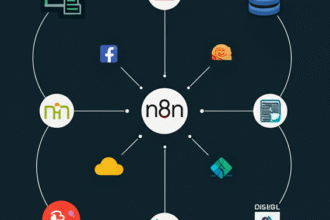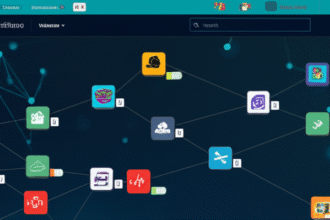In today’s fast-paced digital age, data science and IT workflows are under constant pressure to evolve and adapt to new challenges. With the introduction of Anaconda 2025, a new era begins that promises to revolutionize how data scientists and IT professionals tackle data-driven projects. This article delves deep into the innovative features and capabilities of Anaconda 2025, the benefits it offers, and its impact on various industries.
What is Anaconda 2025?
Anaconda 2025 is the latest version of the popular open-source distribution for Python and R programming languages, widely used in data science, machine learning, and artificial intelligence. This release builds upon the robust foundation of its predecessors but introduces a host of new features designed to enhance performance, scalability, and usability.
Key Features of Anaconda 2025
- Improved Performance: Enhanced compiler optimizations and support for new hardware architectures.
- Scalability: Ideal for high-load environments and large datasets with new distributed computing capabilities.
- User-Friendly Interface: A revamped Anaconda Navigator offering easier navigation and project management.
- Integrated Collaboration Tools: Built-in features for collaborative coding and project sharing among teams.
- Machine Learning Enhancements: Advanced libraries and tools for machine learning, including pre-built algorithms and templates.
The Impact on Data Science
The impact of Anaconda 2025 on data science is profound. With its focus on optimizing workflows, data scientists can expect faster processing times, reduced overhead costs, and simplified collaboration with team members. By integrating cloud capabilities, Anaconda 2025 allows for seamless scaling of data projects, regardless of their size or complexity. The emphasis on teamwork means that projects can progress more smoothly, with fewer bottlenecks.
Real-World Applications
Anaconda 2025 finds applications across various sectors, including:
- Healthcare: Streamlining data analysis for patient outcomes and treatment efficacy.
- Finance: Enhancing risk assessment models and fraud detection systems.
- Education: Providing tools for educators to analyze student performance and improve curriculums.
- Retail: Optimizing supply chains and improving customer insights through predictive analytics.
Conclusion: Embracing the Change
As we transition into the future of data science and IT workflows, Anaconda 2025 stands out as a game-changer that empowers professionals to work smarter, not harder. The innovative features and collaborative capabilities it brings to the table allow businesses and individuals alike to harness the power of data more effectively than ever before. Embrace Anaconda 2025 and be ready to revolutionize how you approach data science projects.








